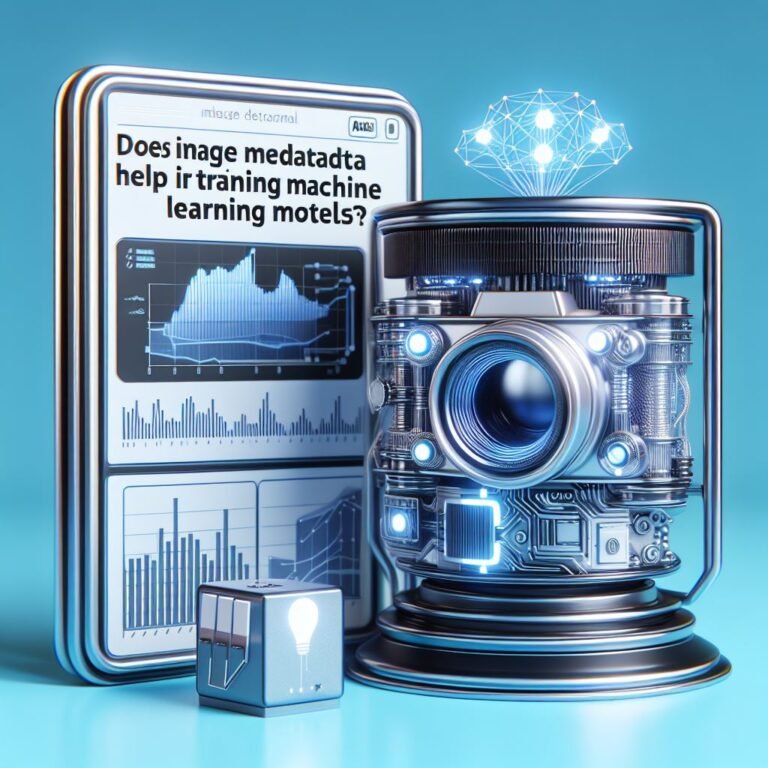Accident Prediction Using Machine Learning
Accident Prediction Using Machine Learning
Introduction:
Accident prediction using machine learning represents a crucial application area with far-reaching implications for safety across diverse domains. By leveraging historical data and relevant features, machine learning models can forecast the likelihood of accidents occurring in various environments, facilitating proactive risk mitigation strategies. In this comprehensive tutorial, we’ll meticulously navigate through the step-by-step process of developing an accident prediction system using machine learning techniques. By the end of this guide, you’ll possess the requisite knowledge and practical skills to embark on your own accident prediction projects effectively.
Step 1: Understanding the Problem
Accident prediction entails forecasting the probability of accidents based on historical data and pertinent features. These features may encompass factors such as weather conditions, road characteristics, time of day, and vehicle attributes. By analyzing past incidents, we aim to identify patterns and correlations that can inform proactive safety measures.
Step 2: Data Collection and Preparation
Begin by compiling a comprehensive dataset containing information about past accidents, including details such as location, time, weather conditions, road type, and severity. Ensure the dataset is clean, complete, and appropriately formatted for analysis. Data preprocessing steps may involve handling missing values, encoding categorical variables, and standardizing numerical features.
Step 3: Exploratory Data Analysis (EDA)
Conduct exploratory data analysis to gain insights into the characteristics of the dataset. Visualize the data using histograms, scatter plots, and heatmaps to uncover patterns and relationships among variables. EDA helps in identifying outliers, understanding feature distributions, and guiding subsequent modeling decisions.
Step 4: Feature Engineering
Feature engineering plays a pivotal role in constructing informative representations of the data for predictive modeling. Identify relevant features that may influence accident occurrence and engineer new features through transformations, aggregations, or interactions. Techniques such as one-hot encoding, scaling, and feature normalization may be applied to prepare the features for modeling.
Step 5: Model Selection
Select an appropriate machine learning algorithm for accident prediction based on the characteristics of the dataset and the desired predictive performance. Commonly used algorithms include logistic regression, decision trees, random forests, gradient boosting machines, and neural networks. Consider factors such as model interpretability, scalability, and computational efficiency when choosing the algorithm.
Step 6: Model Training
Split the dataset into training and testing sets, reserving a portion for model evaluation. Train the selected machine learning model on the training data using suitable optimization techniques such as gradient descent or tree-based algorithms. Employ cross-validation to tune hyperparameters and prevent overfitting, ensuring the model generalizes well to unseen data.
Step 7: Model Evaluation
Evaluate the trained model’s performance using appropriate evaluation metrics such as accuracy, precision, recall, and F1-score. Additionally, generate confusion matrices and ROC curves to assess the model’s predictive capabilities across different thresholds. Compare the model’s predictions against actual accident data to gauge its effectiveness in identifying potential risks.
Step 8: Fine-tuning and Optimization
Fine-tune the model by adjusting hyperparameters, exploring different feature combinations, and experimenting with ensemble methods to enhance predictive accuracy. Utilize techniques such as grid search or Bayesian optimization to systematically search for optimal hyperparameter configurations. Additionally, consider feature selection methods to identify the most influential predictors and streamline the model.
Step 9: Deployment
Deploy the trained model into production environments where it can be utilized for real-time accident prediction or integrated into decision support systems. Ensure seamless integration with existing infrastructure and implement monitoring mechanisms to track model performance and reliability in operational settings.
Step 10: Monitoring and Maintenance
Continuously monitor the deployed model’s performance and conduct periodic evaluations to assess its efficacy in predicting accidents. Incorporate feedback loops to capture new data and retrain the model periodically to adapt to evolving patterns and mitigate concept drift. Maintain documentation and version control to facilitate reproducibility and scalability of the accident prediction system.
Conclusion:
In conclusion, this tutorial has provided a comprehensive roadmap for building an accident prediction system using machine learning techniques. By following the outlined steps and leveraging the power of data-driven insights, you can contribute to enhancing safety measures and mitigating risks across various domains. With a systematic approach to data collection, preprocessing, modeling, and deployment, you can harness the potential of machine learning to create safer environments for all. Remember to stay vigilant, iterate on model improvements, and collaborate with domain experts to address real-world challenges effectively. Together, we can leverage technology to prevent accidents and foster safer communities worldwide.







